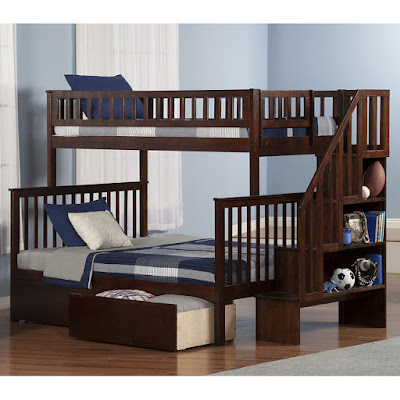Using templates and empirical design space reigns sometimes misleading. The same happens when sharpen the designer experience in itself, as a model in an attempt expansions under conditions and holes because the bed dimensions adapt well to, but not for most users. Examine the following drawings, the size of the different situations with respect to the design referred to as human body, depending on anthropometric considerations.
Normal variations of single and double bed. The figures are an informative approach to the space that is required by the human body with respect to the bed surface. For that reason, do not give these drawings to earn excess reliability. The positions of the body during sleep significantly extend the space represented in them. Pants on the edges of the bed, left his academic because only bed sizes available, and the relationship with the human body. The visual contours window sill when a relationship critical design consideration its external views. This relationship and its variants with seat positions, standing and lying.
For the comprehensive bunk bed variations, just go to bunkbedplans.xyz
The chart above describes the gap between the wise step to allow access and make beds beds. recommended that at least 91.4 cm (36 inches).
There are many ways in the space under the bed is used for storage. It is important, then, leave enough space between the bed and the nearest wall or physical barrier. As indicated in the drawing, from 116.8 to 157.5 cm below clearance (46-62 inch) sufficient to kneel the human body and the projection of a partially opened drawer. 75 cm (30 inches) is added, if necessary, be provided with a step of movement, which does not interfere in the field of labor activity.
Slacks involved in various activities and working with the bed together. In the top view drawing of an activity in the position with the knees bent at a distance of 93-99 cm require (37-39 inches) for low altitude bed. As a result, the area occupied by the body postures to make to get to the entire surface of the bed, usually experience back pain. A bed height of 61 cm (24 inches) above the ground, as are the central points, a considerable reduction of the effort to develop the cost of comfort in a seating position, as expressed in the corresponding human figure.
Anyway, the activity of the bed of the production fits in a slit 66 to 76.2 cm (26 to 30 inches) to its height. The figure below shows the required distances to the vacuum cleaner, an activity that a work from 121.9 to 137.2 cm (48-54 inches) is required. Note that you deliberate the vacuum cleaner so disproportionate measure to make it clear range, it is logical that the device be installed by the user on one side or removed. The shape of the chamber and the length and nature of the flexibility of the suction device affect the game.
Bunk beds saves place an ordinary system, especially as the number and / or the size of the rooms will be reduced. Although models are sold more berths on the market, sometimes the taste or conditions of the user to easily install the internal power designs than bunk beds.
Include the upper figure shows the necessity of a large adult vertical freedom of movement. From the perspective of the main anthropometric bunk bed dimension is the height in a sitting position. If the vertical distance is critical, it is preferred in order to save on this point, the future users, a few centimeters in the heap. 95% of people aged 18 to 79 years old a seat height of 98.8 cm (38.9 inches) or less. tolerated distance between the top surface of the mattress and the nearest object increased 101.6 cm. (40 inches). Theoretically, for a total thickness of the upper bed of 15.2 cm (6 inches) and a height from the bottom of the bottom 45.7 cm (18 inches), then no large adult can house in a ceiling height of 243.8 cm (96 inch), unless we can reduce the second of these bunk bed dimensions. The figure below shows that the horizontal clearance from 116.8 to 157.5 cm (46-52 inch) allows for easy access to storage space under the bunk bed out of the question.
The bottom diagram is based on the vertical distance required to take children.
The anthropometric crucial consideration is the height in a sitting position. This drawing shows how a maximum height of 243.8 cm (96 inch) is sufficient, children are placed in one of the two beds. For the stairs to the upper bed is not too long, the minimum amount that must be to sit a child on the other side is to set up possible. The figure below shows the required distances in a hanging bed. the traffic key according to this component as possible, without the head anthropometric measurements is to speak the height of the larger person. The invasive nature of the feet and legs of the person being evaluated in the traffic space by knee height and Po-toe.
It is noted that if the space does not circulate under the bed, but definitely other activities or functions, such as eating, writing, etc., the vertical distances Are reduced accordingly.


